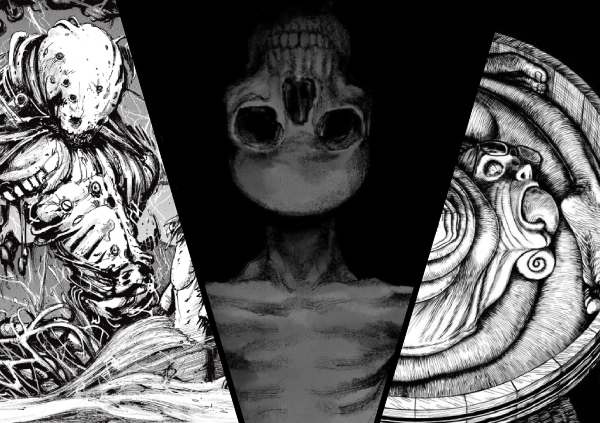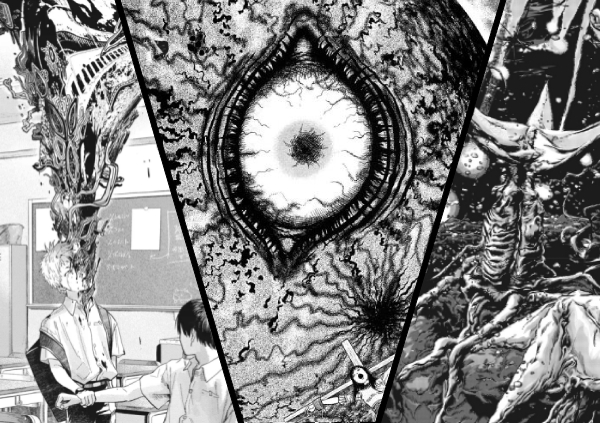I’ve been a horror fan for as long as I can remember. I devour books, movies, and manga, but vampire horror stories always held a special place for me. That’s why I recently went on a deep dive into the world of vampire horror manga.
I wasn‘t looking for romance.I wanted terrifying vampires pulled straight from gothic literature: bloodthirsty predators that lurk in the shadows and manipulate people using their ancient intelligence. Stories drenched in atmosphere, dread, and blood.
Horror manga covers a wide range of subgenres, but truly scary or original vampire works are surprisingly rare. The few that do stand out, however, leave a lasting impression.
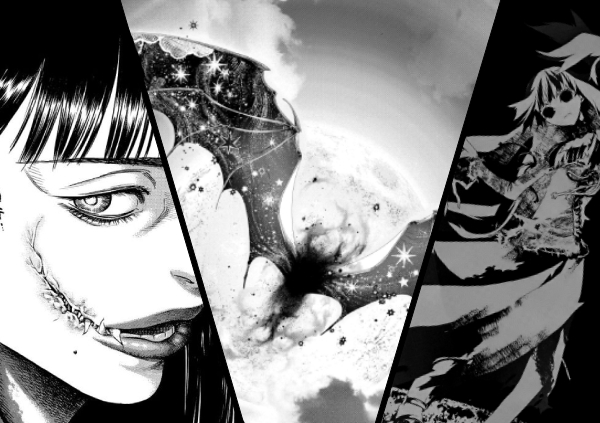
From violent bloodbaths to slow-burn tragedies and surreal fever dreams, these manga prove that vampire horror can still be disturbing, creative, and unforgettable.
For this list, I’ve gathered my personal favorites: vampire horror manga that truly left an impression. Some are terrifying, some are tragic, and some are bold reimagines of classic tales in unforgettable ways. All of them are worth your time.
If you’re looking for a broader overview, you can check out my list of the best horror manga of all time.
This list, though, is all about blood, fangs, and ancient evils.
Mild spoiler warning: I try to keep the plot details vague, but sometimes they’re needed to explain why a manga deserves its spot.
Here’s my curated list of the best vampire horror manga I’ve ever read (last updated: July 2025).
8. The Laughing Vampire

Let’s start this list off with one of the most disturbing vampire horror manga ever made.
The Laughing Vampire by Suehiro Maruo is a surreal, depraved descent into the world of the erotic grotesque. Known for pioneering the ero-guro subgenre, Maruo fuses sex, violence and social decay into a warped, feverish vision of horror.
Set in a twisted version of post-war Tokyo, the story follows a newly resurrected vampire boy on a brutal killing spree, but he’s just one part of a much darker story. The manga weaves together multiple characters and storylines, each showcasing different atrocities: some supernatural, others all too human.
What makes The Laughing Vampire so unsettling is that its vampires aren’t necessarily more horrifying than the world around them. In fact, the real-life cruelty and depravity often outshine the supernatural.
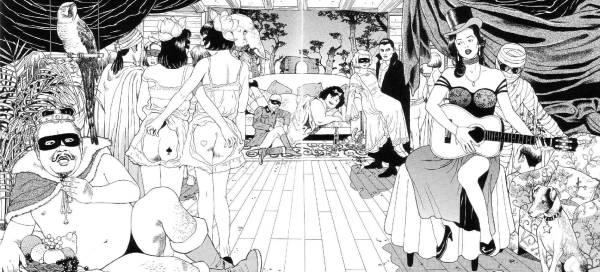
As the story progresses, it grows even stranger, introducing mythic imagery, dark fairy tale logic, and dreamlike abstractions. The narrative becomes loose, drawing heavy inspiration from European cinema and literature. It reads like a blood-soaked art film.
Maruo’s artwork is clean, expressive, and grotesquely beautiful. Every panel feels deliberate, composed like a painting. The contrast between visual elegance and horrific subject matter only amplifies the discomfort.
Make no mistake, this is the most sexually explicit and visual extreme entry on this list. But for those willing to dive into the grotesque, The Laughing Vampire is a bold, visionary take on vampire horror, one that pushed the genre into new and nightmarish territory.
Genres: Horror, Psychological, Supernatural, Vampire
Status: Finished (Seinen)
7. Shiga Hime
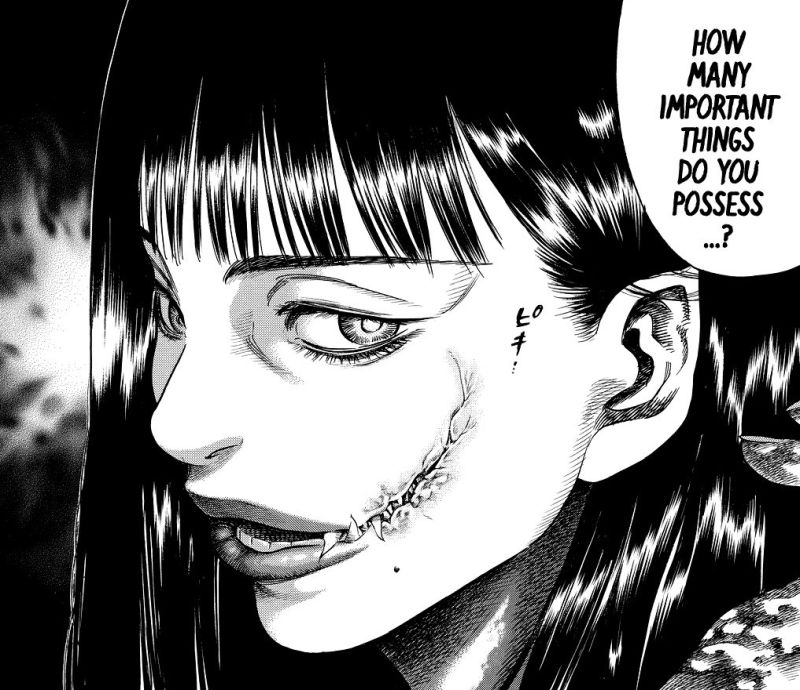
After The Laughing Vampire, this is easily the most sexually charged vampire horror manga on this list.
Shiga Hime blends eroticism, violence and psychological decay into a vampire story that’s both grotesque and strangely tragic. While it may initially seem like sleazy exploitation, it quickly proves to be far more layered than expected.
The story centers on Osamu Hirota, a seemingly average teenager whose life takes a horrifying turn after he’s ensnared by the mysterious and seductive Miwako. She’s a centuries-old vampire with a taste for manipulation and cruelty. After their encounter, Osamu is transformed into a monstrous familiar and must kill others to maintain his human form. From that point forward, he’s caught in a blood-soaked power struggle between rival vampires, supernatural servants and his own crumbling identity.
There’s no denying that Shiga Hime leans heavily into sexual horror. Miwako weaponizes her body and allure, using them like tools of dominance. This intensity might repel some readers, but it’s part of what makes the story so uncomfortable and effective.
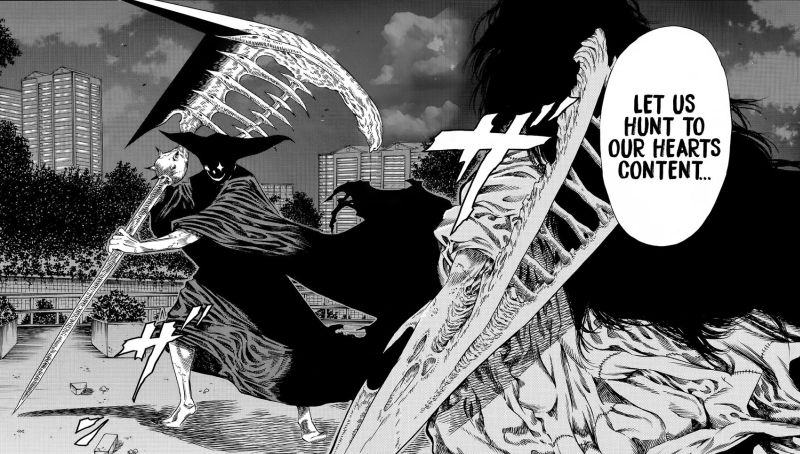
As the series unfolds, it shifts from erotic horror to something far more introspective. Themes of vanity, obsession and corrosion of self slowly rise to the surface. Osamu’s character arc becomes a descent, not just into monstrosity, but into emotional numbness.
The art is a standout. Sato Hirohisa’s style evolves dramatically across the series, moving from sharp elegance to twisted monstrosity. The later volumes, in particular, feature stunning visual design in both action scenes and creature work.
Brutal, stylish, and emotionally bleak, Shiga Hime is a standout for those who can handle its provocative and often disturbing tone.
Genres: Horror, Psychological, Supernatural, Vampire
Status: Finished (Seinen)
6. Blood Alone
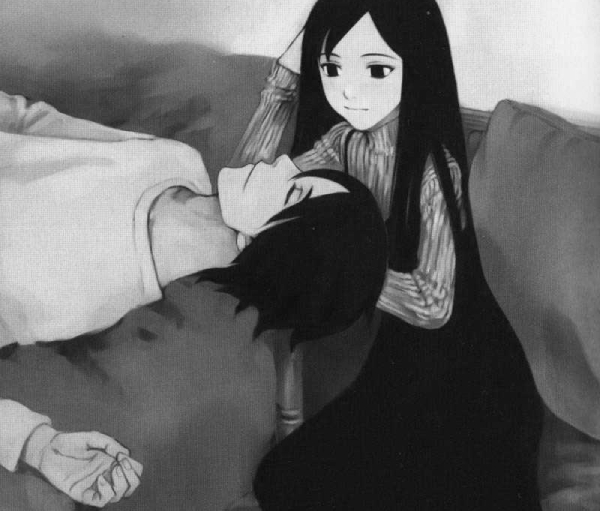
Blood alone is one of the most overlooked vampire horror manga out there. It’s a hidden gem that blends detective noir, gothic atmosphere, and subtle emotional tension into something truly unique.
The story centers on Kuroe, a soft-spoken author who often finds himself entangled in supernatural investigations. He lives with Misaki, a young vampire girl. Their relationship is both touching and strange: chaste, close, and underscored by unspoken feelings. While some may be put off by the age dynamic, the manga never leans into fanservice, and their bond is treated with quiet sincerity.
At its best, Blood Alone feels like a supernatural noir mystery. Each chapter either explores a strange case or delves deeper into the characters’ histories. Vampires in this world aren’t romanticized or monstrous, they’re people with long histories, strange customs, and hidden motifs. This quiet world-building helps Blood Alone stand apart from other entries in the genre.
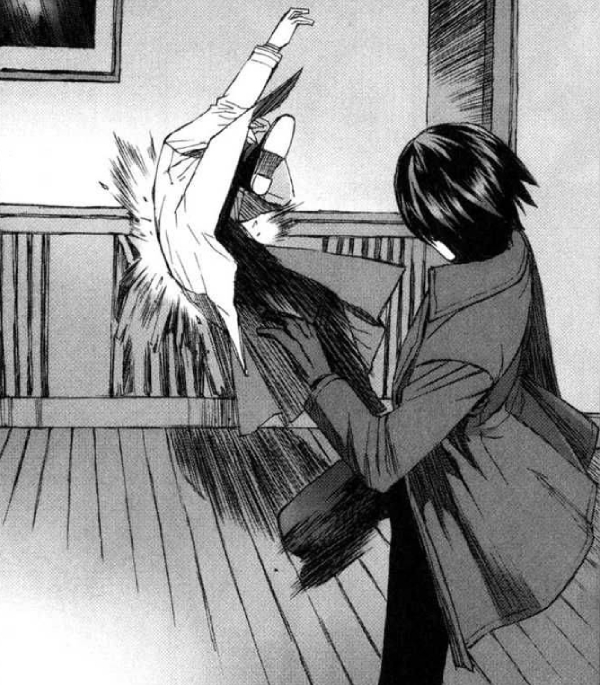
Takano Masayuki’s artwork is clean and atmospheric, with layouts that emphasize emotional beats and spectacle. The character designs are expressive, and the paneling often creates a subdued, something haunting tone. Whether it’s a quiet walk through the city or a tense investigation into vampire society, the visuals always feel deliberate and grounded.
The manga isn’t perfect. The original run was sadly never finished, and later plot developments veer off course, teasing deeper conspiracies that never quite land. Still, the first several volumes are a joy to read.
For those interested in experiencing the full story, the manga was eventually concluded in a doujinshi, Blood Alone: Kiss in the Moonlight.
If you’re looking for a vampire manga that favors mood and mystery over gore and action, Blood Alone is a standout.
Genre: Horror, Supernatural, Mystery, Vampire, Drama
Status: Finished (Seinen)
5. Noah of the Blood Sea
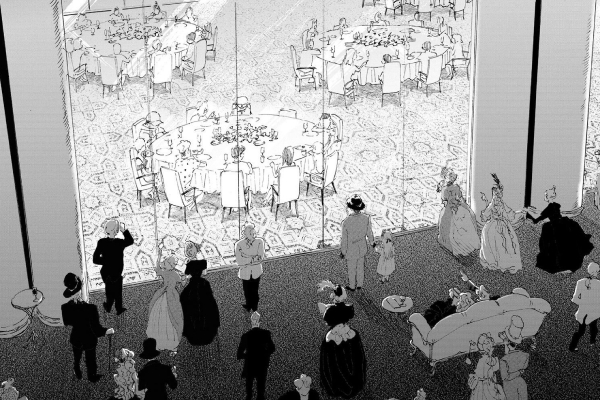
Noah of the Blood Sea by Yuu Satomi wastes no time turning a dream vacation into a floating nightmare.
The story follows Kakeru, a young man on a glamorous family cruise. Everything feels perfect, at least at first. After a staged performance takes a gruesome turn, the passengers begin to sense that something is horribly off. The participants return unharmed, but Kakeru notices something strange. Are they really the same people?
That’s when the dread truly sets in.
This is a vampire manga drenched in gothic flair. The setting, an opulent ship surrounded by endless ocean, becomes a perfect trap, isolating the characters and heightening the tension. As the situation unravels, the manga dives deep into classic vampire themes: human cattle, psychological control, and losing one’s identity through transformation.
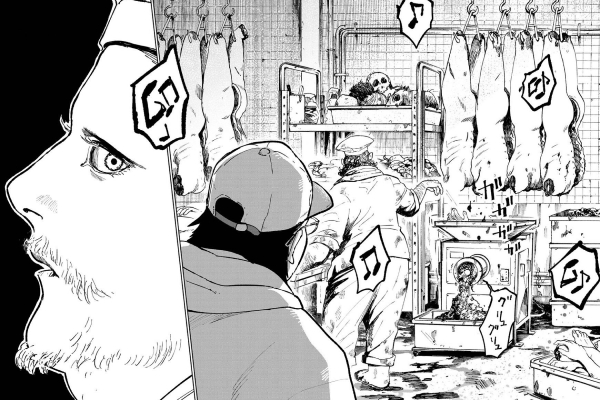
The art is consistently strong throughout. Satomi delivers lavish interiors, eerie lighting, and sharp expressions that help build the atmosphere. When the horror kicks in, it does so with force. It’s bloody, sudden, and visually intense.
That said, Noah of the Blood Sea isn’t flawless. The pacing is aggressive, especially in later chapters, sometimes rushing past key moments or emotional beats. New characters appear only to be dispatched a few pages later, and the narrative becomes increasingly chaotic as it nears its conclusion.
Still, what the manga lacks in polish, it makes up for in originality and execution. It’s visceral, stylish, and confidently weird, combining mystery and carnage in a more than satisfying way. If you crave a vampire horror manga that leans hard into the genre’s violent and predatory side, this one’s worth the plunge.
Genres: Horror, Mystery, Vampire, Psychological, Tragedy
Status: Finished (Seinen)
4. Happiness

Happiness is a moody, blood-soaked coming-of-age horror story by Shūzō Oshimi, the creator of Blood on the Tracks and Inside Mari. As with most of Oshimi’s work, this one starts grounded and personal, but then spirals into something much stranger, darker and harder to put down.
The story opens with Makoto Okazaki, a lonely high schooler frequently bullied by his classmates. One night, he’s attacked by a mysterious vampire girl. She offers him a brutal choice, die or become like her. When he wakes up in the hospital, everything feels wrong. Lights are unbearable, water doesn’t help, and a terrifying hunger takes root in his body.
At first, Happiness builds on this transformation with quiet intensity, capturing Makoto’s shifting identity, bodily discomfort, and growing alienation from the world around him. The early volumes lean into psychological horror, and the sense of isolation is almost suffocating at times.
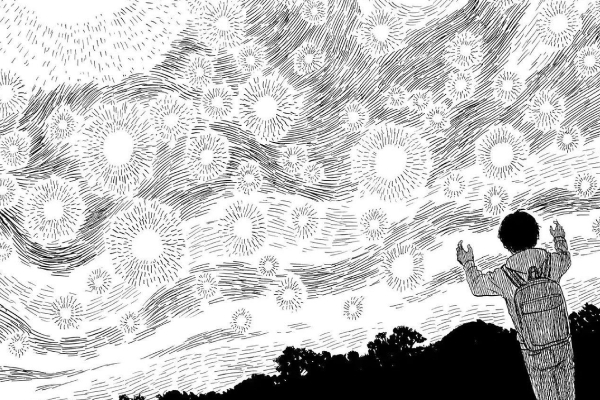
Around the midpoint, however, the series takes a sharp turn. Conspiracies emerge, government agents appear, and a strange cult makes its appearance. The pacing speeds up, the focus shifts between characters, and the narrative turns into something more chaotic. While some of these developments are interesting, others feel undercooked, leaving part of the story confusingly abrupt.
Still, Happiness finds its strength in emotion and atmosphere. The final stretch includes some truly gentle, moving moments that land with real emotional weight. Oshimi’s art elevates the entire experience. We see dreamlike sequences, expressive faces, and backgrounds that melt into Van Gogh-esque swirls. Even when the story stumbles, the visuals remain captivating.
Happiness isn’t perfect, but it’s a bold vampire horror manga that tries to do more than just repeat genre tropes.
Genre: Horror, Psychological, Supernatural, Vampire
Status: Finished (Seinen)
3. Shiki
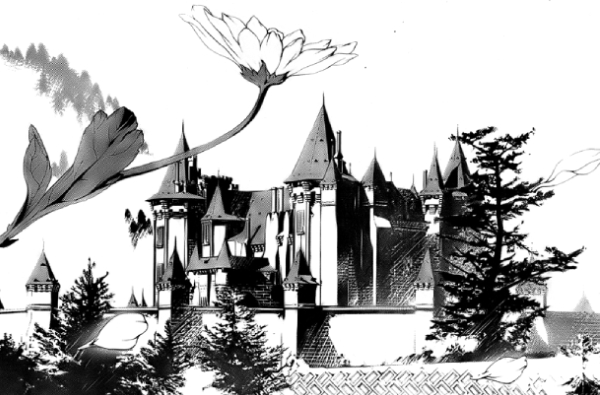
Shiki is one of the most unique and haunting entries in the world of horror vampire manga. It’s set in a remote mountain village where people die of mysterious causes, and the dead don’t stay buried.
Adapted from a novel by Fuyumi Ono, Shiki unfolds as a slow-burn, tragic mystery. Its early chapters focus on Doctor Ozaki, a rational, skeptical man trying to make sense of an inexplicable wave of deaths. Meanwhile, a mysterious new family recently moved into a grand European-style mansion sitting on a hill near town.
At first, the series can be off-putting. The art style is eccentric and stylized, and the pacing is slow, painfully so. Yet beneath the odd visuals and the deliberate structure lies a story of creeping dread and growing hopelessness. Over time, Shiki broadens its scope to include the lives of many villagers. We watch them grieve, deny, and unravel.
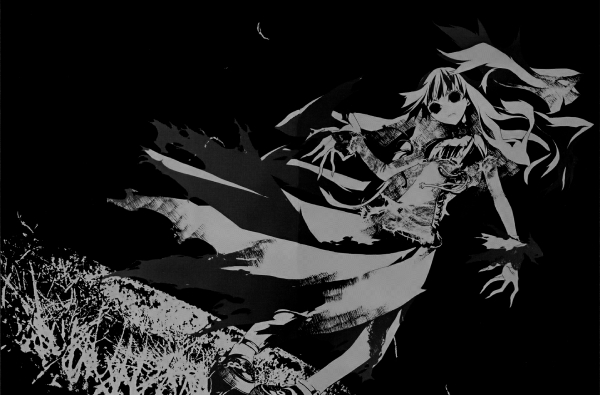
And then they realize: vampires are real. From here, Shiki descends into full-blown psychological and moral horror.
This is where it distinguishes itself from other horror vampire manga. Shiki isn’t just about monsters hunting humans, it’s about the human capacity for cruelty once we decide someone no longer deserves empathy. As the village fights back, the role of predator and victim blurs, and the story forces the reader to ask: who are the real monsters?
Bleak, tragic, and philosophically dense, Shiki is not an easy read. If you’re patient, however, it offers one of the most thought-provoking and devastating vampire stories manga offers.
Genres: Horror, Mystery, Drama, Tragedy, Vampire
Status: Finished (Shonen)
2. Hellsing

Hellsing is the most action-packed and adrenaline-fueled vampire horror manga on this list. It’s a blood-soaked ride that trades quiet dread and gothic atmosphere for gunfights and grotesque spectacle.
At the center of the chaos is Alucard, an immortal vampire who serves the secretive British Hellsing Organization, which is tasked with eradicating supernatural threats. Alucard isn’t your typical brooding antihero. He’s smug, sadistic and nearly unstoppable, reveling in destruction with a grin on his face. He’s joined by the stoic Integra Hellsing and the newly turned vampire Seras Victoria.
While some horror manga lean into atmosphere and philosophical weight, Hellsing goes for maximum carnage. Every chapter escalates into violence and spectacle, as we witness nazi vampires, catholic assassins and undead armies.
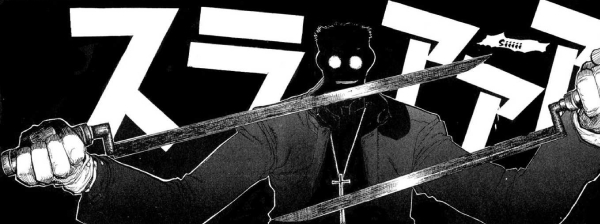
It’s most infamous arc pits the Hellsing crew against the Millenium Organization, a group of fanatical, fascist vampires with world-ending ambitions.
The characters are dialed up to eleven, from the wildly theatrical villain known as the Major to the holy berserker Alexander Anderson. Dialogue is dramatic, battles are explosive, and the tone is gloriously unhinged. It’s stylish pulp excess from beginning to end.
Kouta Hirano’s artwork evolves significantly across the series. While the early volumes can be rough, the later ones explode with visual energy. The linework is sharp, shadows are gritty, and the dynamic page layout gives the story a brutal, cinematic edge.
Hellsing isn’t trying to be subtle, and it doesn’t need to be. It’s the most outrageous, over-the-top vampire manga you’ll ever read, and that’s what makes it so unforgettable.
Genres: Horror, Action, Supernatural, Vampire
Status: Finished (Seinen)
1. DRCL Midnight Children

DRCL Midnight Children is perhaps the most visually breathtaking vampire horror manga ever published. Created by Shinichi Sakamoto, this surreal adaption of Dracula transforms Bram Stoker’s gothic novel into an elegant, nightmarish fever dream.
The story begins in Whitby School, where Mina, the first female student, navigates a world of academic tension, quite rebellion, and buried fears. But soon an ancient evil arrives and everything spirals into madness. Mina’s friend Lucy begins acting strangely. Nightmares bleed into reality, and monstrous transformations signal that something is horribly wrong.
Unlike more traditional horror manga that rely on gore or shock value, DRCL Midnight Children crafts its terror through atmosphere and beauty. Sakamoto’s artwork is astonishing: every panel is meticulously rendered, from mist-choked graveyards to ornate, twisted creatures born from blood and shadow.
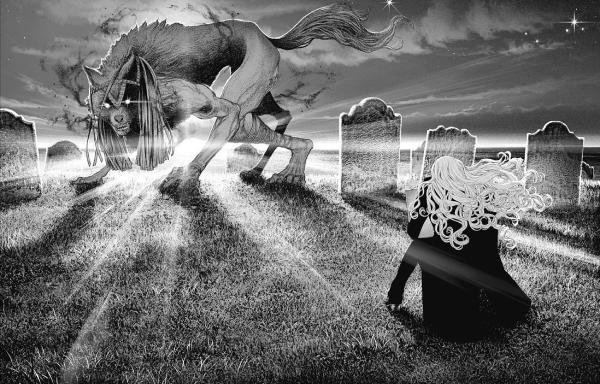
His layout is experimental, cinematic, and hypnotic, sometimes bordering on abstract expressionism. It feels less like reading a manga, and more like falling into a haunting visual poem.
The narrative is equally unconventional. Told with fragmented structure and lyrical voice, it blends memory, hallucination, and metaphor. While this approach can be disorienting, it mirrors the story’s descent into obsession, grief, and supernatural terror. It’s gothic horror at its most sensuous and artful.
DRCL Midnight Children isn’t for everyone. It’s dense, strange, and elaborately hard to follow at times. But if you’re seeking a vampire horror manga that prioritizes mood, beauty, and psychological intensity over straightforward scares, this is one of the most unique and artistically ambitious works the genre offers.
Genres: Horror, Vampire, Fantasy, Drama
Status: Ongoing (Seinen)
